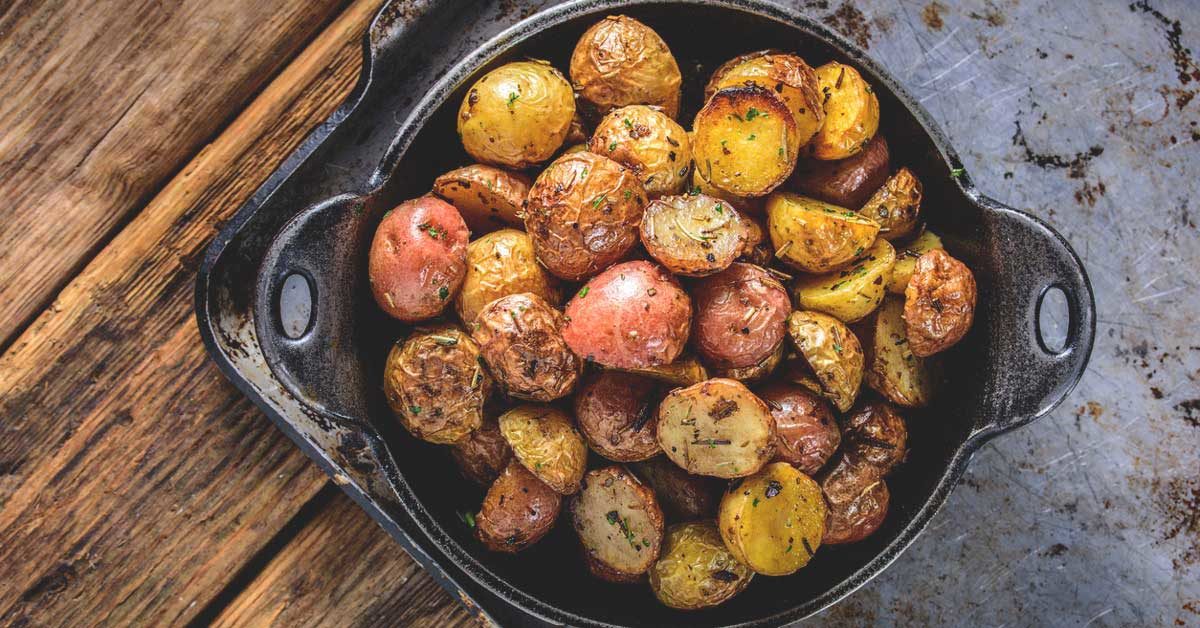
The Potato’s Medical Benefits And Future Prospects
The potato is a hardy perennial that originated in South America. Solanum tuberosum is the scientific name for this plant. Potatoes are widely known to have powerful therapeutic efficacy and several known health advantages. In countries like France, the United States, and Europe, it is one of the most widely consumed vegetables, with an annual per capita consumption of around 30 kilograms (65 pounds).
Multiple Studies Have Shown That Eating Potatoes Can Improve One’s Health
The potato is considered healthy food that contributes to a diverse and healthy diet because of its high carbohydrate, potassium, magnesium, and fiber content. It’s loaded with vitamins and minerals, which are essential for our bodies to function properly and stay healthy. After being boiled, potatoes emit a diuretic that is rich in potassium. These potatoes are a common side dish for those who suffer from cardiac conditions. Air fryer baked potato is the healthiest option because its vitamin C content is preserved even after cooking. Its ability to stave off scurvy is what drives its widespread application (scurvy is a disease that is due to the shortage of vitamin C in nutrition).
Potatoes Satisfy Hunger Without Adding Calories
For sustained energy and the benefits of potassium and magnesium for muscle contraction, steamed potatoes are a fantastic choice for athletes. Unless you eat them as hash browns or French fries, of course! There is some evidence that consuming potatoes help ease abdominal discomfort. If you suffer from gastric ulcers, it’s good to know that raw potato juice can help reduce pain and expedite healing by decreasing acid production in the stomach. Raw potatoes are recommended by certain naturopathic doctors for a variety of common ailments, such as contusions, small burn wounds, migraines, back discomfort, and joint pain.
Grow Potatoes Because They Are Good For You
Potatoes require sunlight, but they cannot withstand high temperatures for long. They thrive in loose, humus-filled soil with plenty of room to grow. In the kitchen, the ideal growing medium has a neutral pH level, adequate drainage, and plenty of nutrients. Diseases are more likely to appear in plants grown in chalky or limestone-rich soil. Even though there are over 120 varieties of potatoes, only about 30 accounts for the vast majority of global production.
One potato can be distinguished from another based on its size, shape, harvest season, and whether or not its flesh is firm or mealy. Even while pink-fleshed potato cultivars have been deemed the tastiest, they also have the lowest yield. More potatoes can be harvested from plants with yellow flesh.
Include Potatoes In Your Diet; They’re Good For You
Potatoes are always cooked before being consumed; common preparation methods include steaming, boiling, roasting, mashing, and salads. If you like your potatoes cooked, select them when they’re young and small. Mashed potatoes, soups, and oven-baked potatoes all benefit from using fully mature potatoes. In addition, French fries made from Charlotte, Samba, or Bintje potatoes are ideal because of their abundant flesh. Potato varieties with blue, purple, yellow, or red flesh stand out because of the high levels of antioxidants they produce. The darker the flesh of the potato, the greater the health advantages.
To put it another way, there are 75 calories in 3.5 ounces of food (100 g). Several health benefits have been associated with potatoes due to their high magnesium, fiber, and potassium levels. They are a good source of carbohydrates, vitamins E, B1, B6, and C, and several other nutrients. One of the best sources of complex carbs, potatoes don’t go through the same stage of conversion and storage in fatty cells as refined sugar does.



